 illo test thumbs
illo test thumbs orthos for body core
orthos for body core concept sheet
concept sheet
 my entry for this week's chow. been pretty busy lately so this is closer to a speedpaint than illo, might fix her up some more later. thanks to davi for help with paintover and critiques!
my entry for this week's chow. been pretty busy lately so this is closer to a speedpaint than illo, might fix her up some more later. thanks to davi for help with paintover and critiques!
In their last years, many artists cast aside all their usual flourishes, dismiss the circus animals and simply set down, as directly as possible, the realities and inevitabilities of old age. So John Updike has done in this moving book of poems.So putting aside all the wealth and fame and world travel, what lesson does Updike have for us about the true nature of happiness? Updike writes:
Seems like you can either start working on that first Guggenheim fellowship, or you can pull out your pencil.To copy comic strips, stretched prone upon the musty carpet--
Mickey's ears, the curl in Donald's bill,
The bulbous nose of Barney Google, Captain Easy's squint--
What bliss!
Hello there,
You recently requested an email subscription to Art Car Central. We can't
wait to send the updates you want via email, so please click the following
link to activate your subscription immediately:











flies like a moth into the flame; and having burned his wings crawls back into it again.... Why then, in God's name, did he go back?.... [H]e was the only one left , and he had to go on paying the tribute [to his fallen comrades]. For the survivor is always a debtor. He thought he came back [to civilization] for the fellowship with the living , while he already belonged to the fraternity of the dead.Hillary's motives, like Bundy's, were more psychologically complex than mere patriotism. He wrote that people who feel guilt for "imaginary debts" account for many of civilization's great accomplishments:
You could not expect healthy motives to lead to the morbid act of self-sacrifice. The prosperity of the race was based on those who paid imaginary debts. Tear out the roots of their guilt and nothing will remain but the drifting sand of the desert.Art and war together in the same petrie dish can result in situations that are not always easy to understand, but which are worth investigating. I will offer a collection of such stories in the months ahead.
 White Center for The Arts, a new artist haven and gallery in South Seattle, is holding it's second art show on Saturday, April 18th, from 5 to 10 pm. Six of my paintings will be on display.
White Center for The Arts, a new artist haven and gallery in South Seattle, is holding it's second art show on Saturday, April 18th, from 5 to 10 pm. Six of my paintings will be on display.





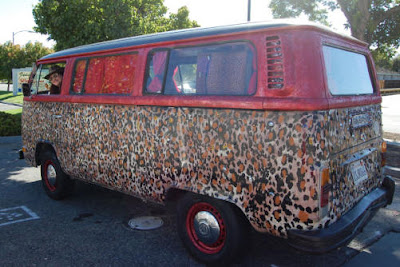
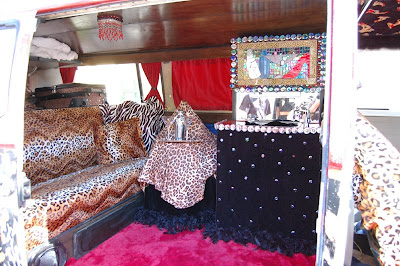
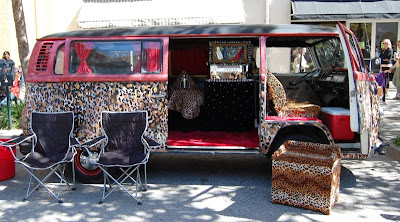


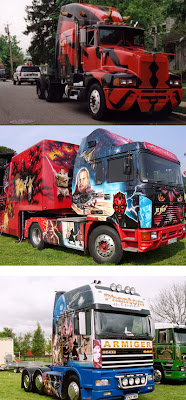


 preliminary doodle, to get a vague idea of the overall shape and elements as a starting point.
preliminary doodle, to get a vague idea of the overall shape and elements as a starting point. upper body test
upper body test test thumbs for head/neck design
test thumbs for head/neck design test thumbs for basic body
test thumbs for basic body

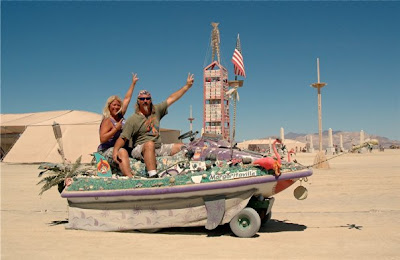
When the project started early November 2003 I knew exactly what I was after: “The Evolution of a Jet Ski”. I was in search of a watercraft to build my little bit of Paradise. A friend of mine showed up with this poor, mistreated, abused and beaten body of a wave runner. I went to work on her. And when I fired up the first set of lights on her engine cowl and stood in front of her, I knew that she was in fact alive and ready for her new life. Rita was built from a 10 ft Kawasaki wave runner and a Murray lawn tractor. (best thing that ever happened to a Murray). It was literally like attaching a 2x4 to a rock! Now She is an Art Car. An Art Car is a vehicle that is transformed into art, where Her body becomes the canvas.
Rita now sits on a John Deere frame as of 7/12/08. Ready to go with a hydrostatic transmission.



